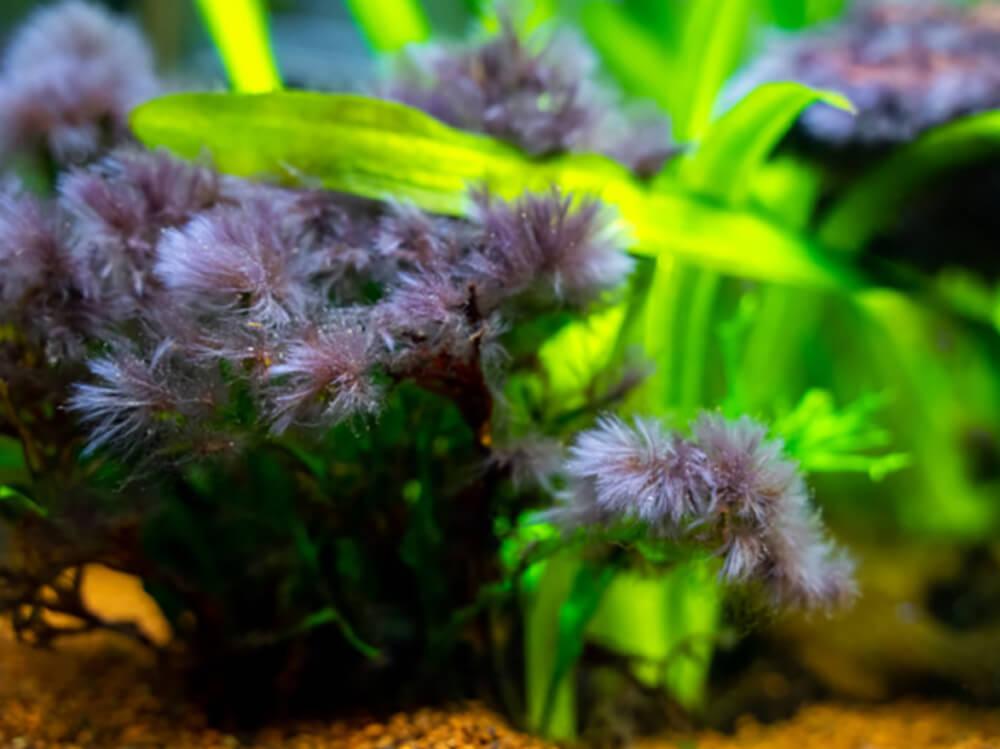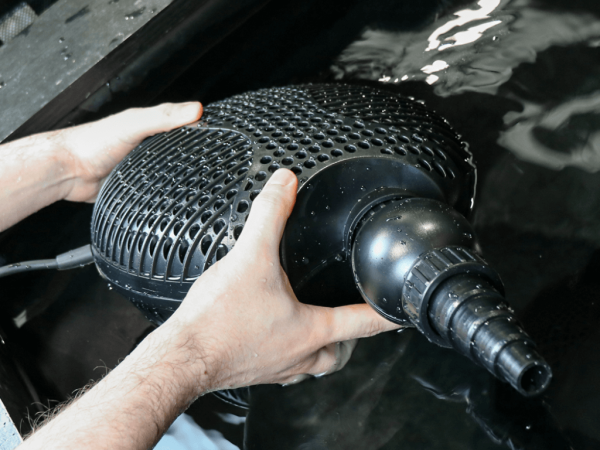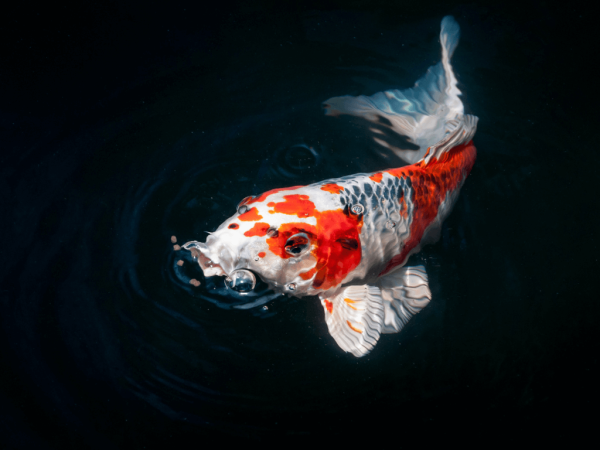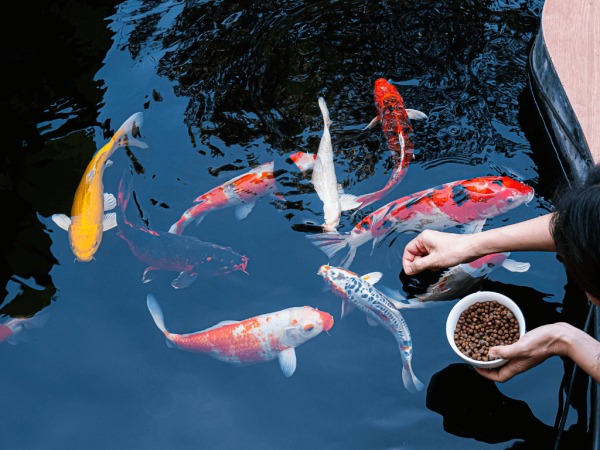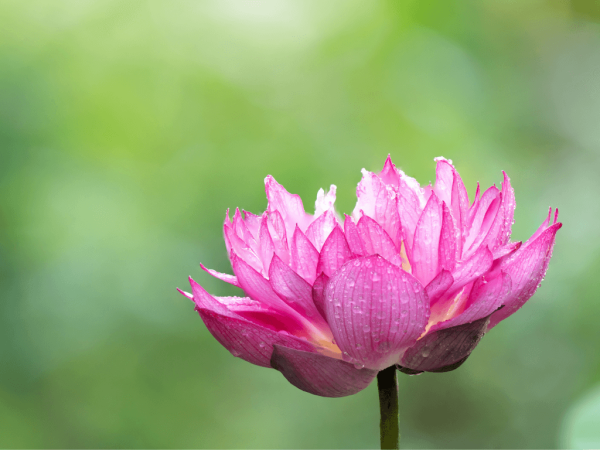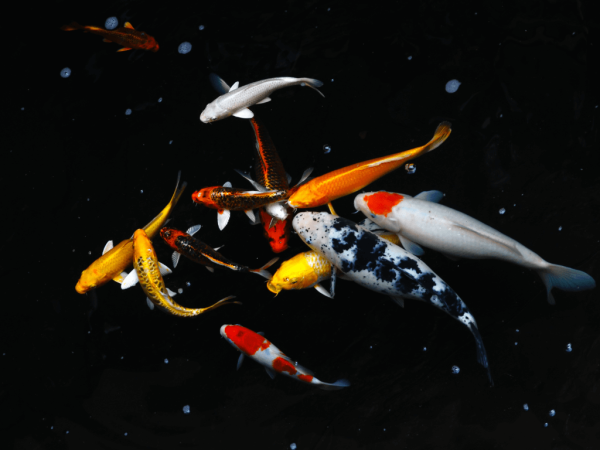Top 10 algae busting tips
1. Don't over feed your fish
As fun as it can be to watch your fish swim excitedly towards the surface of the water when you offer a pinch or two of fish food, overfeeding is one of the most common causes of algae. Leftover fish food produces ammonia and phosphate which then turns into algae. Since the dreaded green stuff thrives on uneaten food and fish waste it's, therefore, best to avoid throwing large quantities of food in the tank.
2. Turn off the lights
Leaving your aquarium lights on for more time than is necessary can encourage algae to spread like wildfire. We recommend having the lights on between 6-10 hours a day, depending on the fish you keep and their needs. Therefore, if you're at work all day, turn the lights on when you get home and turn them off before bed.
3. Do regular water changes
In nature, nitrate is carried away and diluted by rain and water currents, making it more difficult for algae to grow in excess. But in such a small environment, algae will flourish if water is not changed regularly, meaning the smaller your aquarium, the more care you'll have to take to prevent the pesky organism from taking over!
4. Test your water
Test kits can be great for testing your water quality and can help to give you a heads up early on. The earlier you try to tackle algae, the easier it is to control. If your test results show significant levels of phosphate or other elements prone to encouraging algae growth, you may benefit from an RO unit to purify the water before you put it into your tank.
5. Put together an algae busting kit
If you have an aquarium that comes with a cabinet, this is a great space to put your own algae busting kit together. Cleaning equipment and a selection of treatments and additives can work wonders and are handy to have ready and waiting.
6. Decide on live plants or plastic plants
The live plants vs plastic plants debate is ongoing and come down to personal preference. Live plants can have algae busting properties, preventing the menace from taking over. However, if your plants are not properly cared for, they can be the cause of the problems themselves! If leaves fall off and begin to rot this can pollute the tank and cause algae. If you have fish that eat the plants, this can be bad too. Plastic plants don't solve the algae problem, but they don't cause it either.
7. Introduce algae eating fish
Invest in a group of enthusiastic algae removing experts. Except instead of cleaning the tank with a scraper and algae magnet, these hungry little fellas will remove the pesky algae by eating it! There are plenty of energetic cleaners out there desperate for a job in your tank. Here are just 5 of the best algae eating fish for you to consider.
8. Buy a good quality filter
A good quality fish tank filter helps to remove excess food, decaying organic matter, dangerous chemicals and the fish's waste products from the water.
The fish excrete waste constantly as they swim around in the water. If this waste is not removed, the toxins will build up so much that algae will become more prevalent and the fish could suffocate.
9. Remove dead fish quickly
If a fish dies, get the poor thing out of there, give it a funeral and move on as soon as possible. Decaying fish can be a nightmare for your tank.
10. Oxygenate
Carbon dioxide nourishes algae while oxygen starves it. So add a pump, powerheads, air stones and decorative aerators to circulate the water in the aquarium and encourage oxygen into the tank. Live plants can also help to introduce oxygen to the aquarium.




